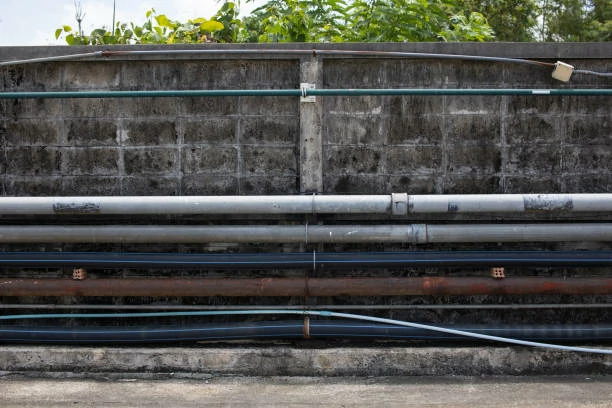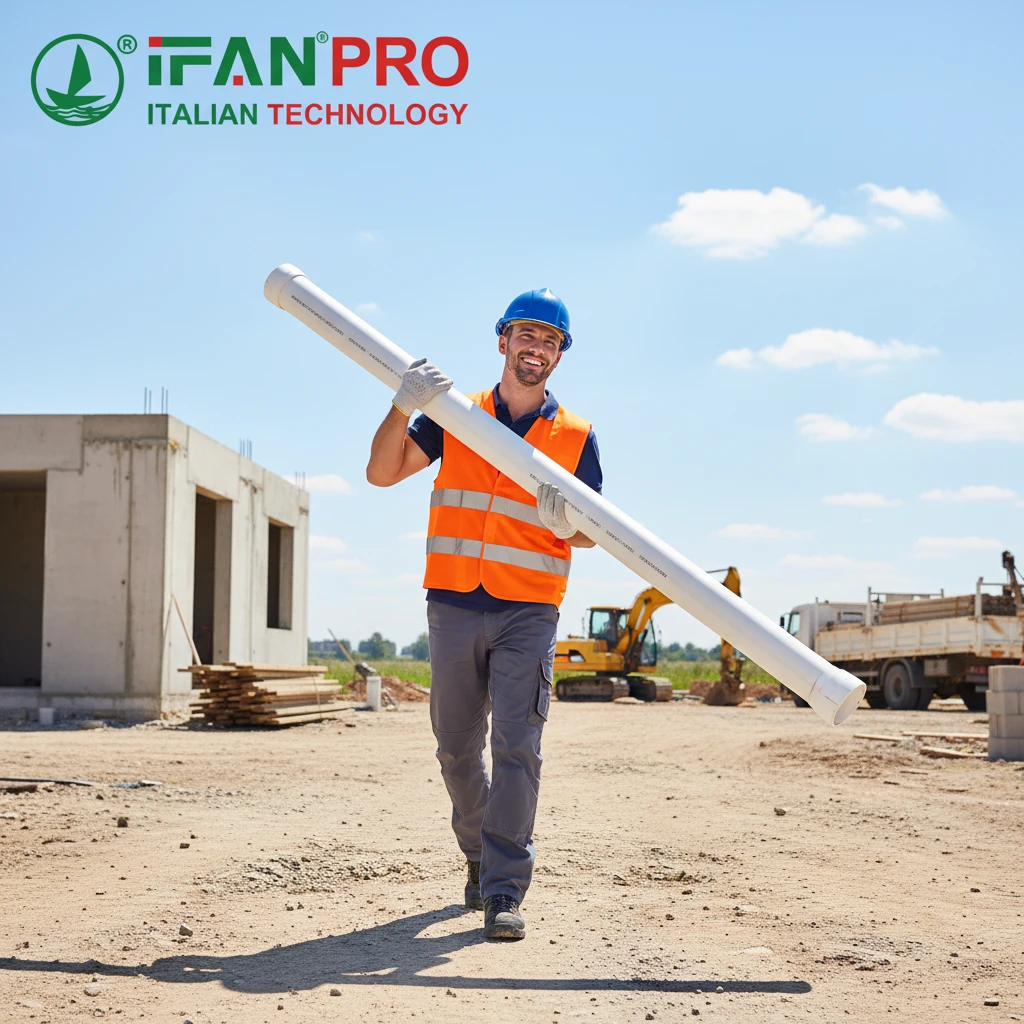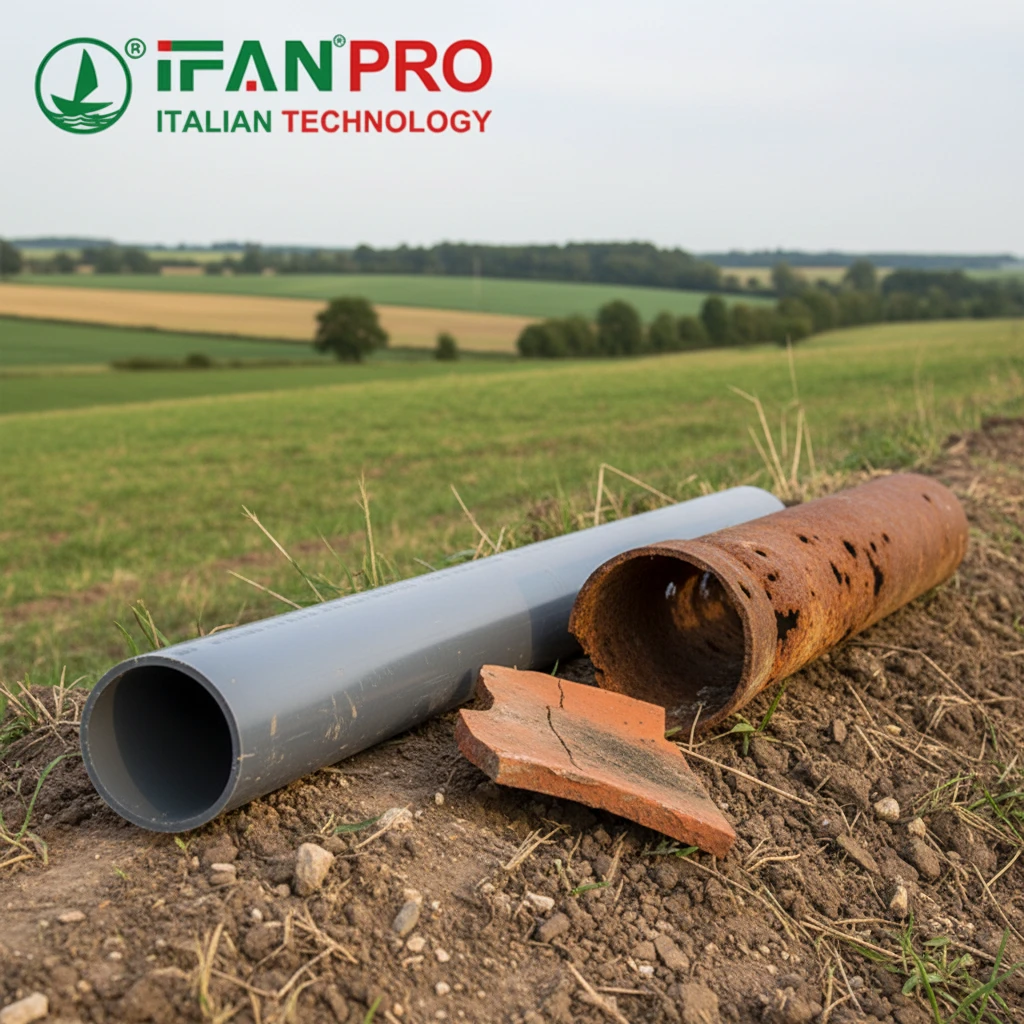Introduction to PE Water Pipes’ Pressure Resistance
PE water pipe are widely used for their excellent durability and flexibility. One of their most critical attributes is their pressure resistance. Understanding how PE water pipes withstand pressure is essential for their optimal use in various applications.
Basic Structure and Composition
PE water pipes are made from high-density polyethylene (HDPE) or medium-density polyethylene (MDPE). The material’s molecular structure provides remarkable strength and flexibility. These attributes contribute to the pipe’s ability to withstand high pressures.
Types of PE Pipes
PE water pipes come in different classifications based on their pressure ratings. Common classifications include PE63, PE80, and PE100. Each classification indicates the pipe’s ability to handle varying pressure levels, with PE100 being the most robust.
Molecular Weight and Density
The pressure resistance of PE pipes relates directly to their molecular weight and density. Higher molecular weight and density mean stronger and more durable pipes. This composition ensures that the pipes can handle high pressure without deforming.
Wall Thickness
The wall thickness of PE pipes plays a crucial role in their pressure resistance. Thicker walls provide better resistance to internal pressure. Pipes are available in various wall thicknesses to suit different pressure requirements.
Stress Resistance
PE water pipe exhibit high stress resistance due to their flexible nature. This flexibility allows them to absorb pressure surges without cracking or bursting. The material’s elasticity ensures long-term performance under varying pressure conditions.
Temperature Effects
Temperature fluctuations can affect the pressure resistance of PE pipes. High temperatures may cause the material to expand, reducing its pressure capacity. Conversely, low temperatures may increase brittleness, affecting flexibility.
Pruebas de presión
Manufacturers conduct rigorous pressure testing on PE pipes. These tests ensure that the pipes meet industry standards and can handle specified pressure levels. Testing includes short-term burst tests and long-term hydrostatic pressure tests.
Burst Pressure
The burst pressure of PE pipes indicates the maximum pressure they can withstand before failing. This pressure is significantly higher than the pipe’s standard operating pressure. Burst pressure testing ensures the pipe’s reliability under extreme conditions.
Long-Term Hydrostatic Strength
PE pipes maintain their integrity under long-term hydrostatic pressure. This characteristic ensures that the pipes can handle continuous pressure over extended periods. Long-term hydrostatic strength testing provides insights into the pipe’s durability and lifespan.
Joint Strength
The strength of joints in PE piping systems is critical for maintaining pressure resistance. Proper fusion techniques, such as butt fusion and electrofusion, ensure strong and leak-proof joints. These methods create a homogeneous bond that matches the pipe’s strength.
Advantages in High-Pressure Applications
PE pipes are ideal for high-pressure applications due to their flexibility and durability. They can handle pressure surges and maintain integrity in challenging environments. This makes them suitable for water distribution, industrial applications, and agricultural irrigation.
Water Distribution Systems
In water distribution systems, PE pipes provide reliable pressure resistance. They ensure a steady and consistent water supply to residential and commercial areas. The pipes’ ability to handle high pressure prevents leaks and water loss.
Industrial Applications
Industries use PE pipes for transporting fluids under high pressure. The pipes’ resistance to chemicals and pressure makes them suitable for various industrial processes. PE pipes ensure efficient and safe fluid transport in manufacturing and processing plants.
Agricultural Irrigation
PE pipes are widely used in agricultural irrigation systems. They withstand high pressure from water pumps and ensure efficient water distribution. The pipes’ flexibility allows for easy installation and maintenance in different terrains.
Relación coste-eficacia
PE pipes offer a cost-effective solution for high-pressure applications. Their durability and low maintenance requirements reduce long-term costs. The initial investment in PE pipes is offset by their long lifespan and reliability.
Beneficios medioambientales
PE pipes support environmental sustainability. The material is recyclable, reducing environmental impact. PE pipes’ durability reduces the need for frequent replacements, minimizing waste.
Installation Considerations
Proper installation ensures the pressure resistance of PE pipes. Follow manufacturer guidelines for trenching, laying, and jointing. Properly installed PE pipes maintain their pressure capacity and performance.
Consejos de mantenimiento
Regular maintenance enhances the pressure resistance of PE pipes. Inspect the pipes and joints periodically for signs of wear or damage. Clean the pipes to prevent buildup that can affect pressure capacity.
Troubleshooting Common Issues
Address common issues such as leaks, joint failures, and pressure surges. Ensure that joints are properly fused and replace damaged sections promptly. Maintaining the system’s integrity ensures consistent pressure resistance.
Conclusión
PE water pipe provide excellent pressure resistance due to their robust design and material properties. Understanding their structure, classifications, and applications helps optimize their use in various high-pressure environments. By choosing PE pipes, users benefit from reliable performance, cost-effectiveness, and environmental sustainability. Proper installation and maintenance ensure long-term pressure resistance, making PE pipes a preferred choice for many industries.
Conectar
IFAN es un fabricante chino de tuberías, accesorios y válvulas de plástico con 30 años de experiencia. Si está interesado en IFAN accesorios de cobre, válvulas de cobre, tuberías y accesorios de plástico, póngase en contacto con nosotros. IFAN le ofrece una variedad de tuberías estándar para satisfacer sus necesidades específicas. Haga clic a continuación para obtener más información sobre la amplia gama de productos de válvulas y productos relacionados con sistemas de tuberías asequibles y rentables de IFAN.
Responderemos a su correo electrónico o fax en 24 horas.
Puede llamarnos en cualquier momento si tiene alguna duda sobre nuestra producción.
Para más información, visite nuestra página web https://ifanpro.com/
Pls Mailto: [email protected]
Whatsapp: + 86 19857948982














Comentarios recientes